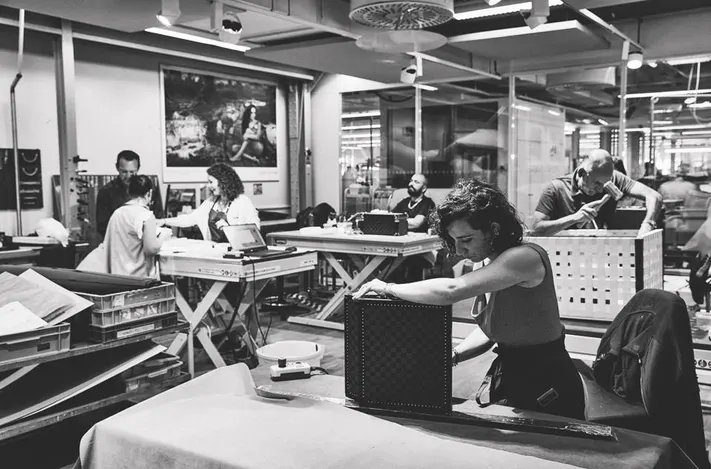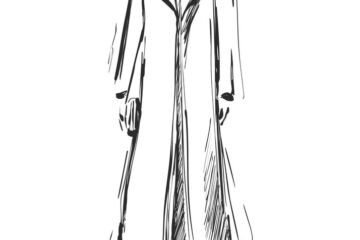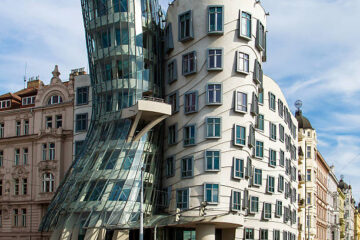
The Perfect Ensemble: The Crucial Role of Non-Designer CEOs and Collaborative Teams in Fashion Success
In the glamorous world of fashion, the spotlight often shines on designers who create awe-inspiring collections. However, behind every successful fashion brand, there’s a symphony of roles that contribute to its growth and creative triumph. The marriage of creative vision and strategic leadership, embodied by non-designer CEOs, along with the harmonious collaboration of talented teams, is a dynamic duo that propels fashion brands to new heights. In this blog, we’ll explore why having someone besides the designer as a CEO and cultivating the perfect team are essential ingredients for realizing and sustaining a brand’s creative vision.
The Balancing Act: Non-Designer CEOs and Creative Triumph
1. Strategic Business Acumen: While designers infuse a brand with artistic flair, non-designer CEOs bring a strategic mindset that drives business growth. Their financial expertise, market insights, and operational prowess ensure the brand’s longevity and scalability.
2. Resource Allocation: A non-designer CEO understands the importance of resource allocation, enabling designers to focus on their creative process without being burdened by administrative concerns. This symbiotic relationship fosters an environment where creativity thrives without compromise.
3. Global Expansion: Successfully expanding a fashion brand requires a comprehensive understanding of international markets, regulations, and consumer behavior. Non-designer CEOs navigate these complexities, allowing designers to maintain their creative focus while the brand gains a global footprint.
Crafting the Dream Team: The Power of Collaboration
1. Diverse Skill Sets: A creative vision is brought to life by a diverse team of professionals, each contributing their unique skills. From pattern-makers and seamstresses to marketers and public relations experts, this synergy ensures that every facet of the brand is executed flawlessly.
2. Balanced Perspectives: Collaborative teams provide a balanced perspective, enabling designers to refine their ideas and ensure they resonate with a broader audience. Constructive criticism and brainstorming sessions lead to refined designs that maintain artistic integrity while appealing to the target market.
3. Innovation and Adaptability: A perfect team is not just about executing the brand’s vision; it’s also about innovation and adaptability. As fashion trends evolve, the team’s collective creativity fuels fresh ideas, keeping the brand relevant and ahead of the curve.
Consistency in Brand Identity and Evolution
1. Guardians of Brand Identity: The CEO and collaborative team serve as guardians of the brand’s identity, ensuring that every collection, campaign, and interaction aligns with its ethos. This consistency reinforces consumer loyalty and establishes a recognizable brand identity.
2. Facilitating Evolution: A brand’s evolution is inevitable, and a well-rounded team facilitates this transition seamlessly. Whether it’s a new design direction, a rebranding effort, or a foray into new markets, the team ensures that the brand’s essence remains intact while embracing change.
The Art of Collaboration
In the realm of fashion, creative brilliance alone is not enough to ensure sustained success. Non-designer CEOs and collaborative teams play a pivotal role in realizing and maintaining a brand’s creative vision. By harnessing their strategic insights, operational expertise, and diverse skill sets, these individuals and teams create an environment where designers can thrive creatively, unburdened by administrative and business concerns. The harmonious collaboration of minds, skills, and perspectives weaves a tapestry of fashion excellence, making the journey from sketch to runway an artful symphony that resonates with audiences worldwide. Just as a masterpiece requires multiple strokes of the brush, fashion success is a masterpiece crafted by the hands of a united and purpose-driven team.




